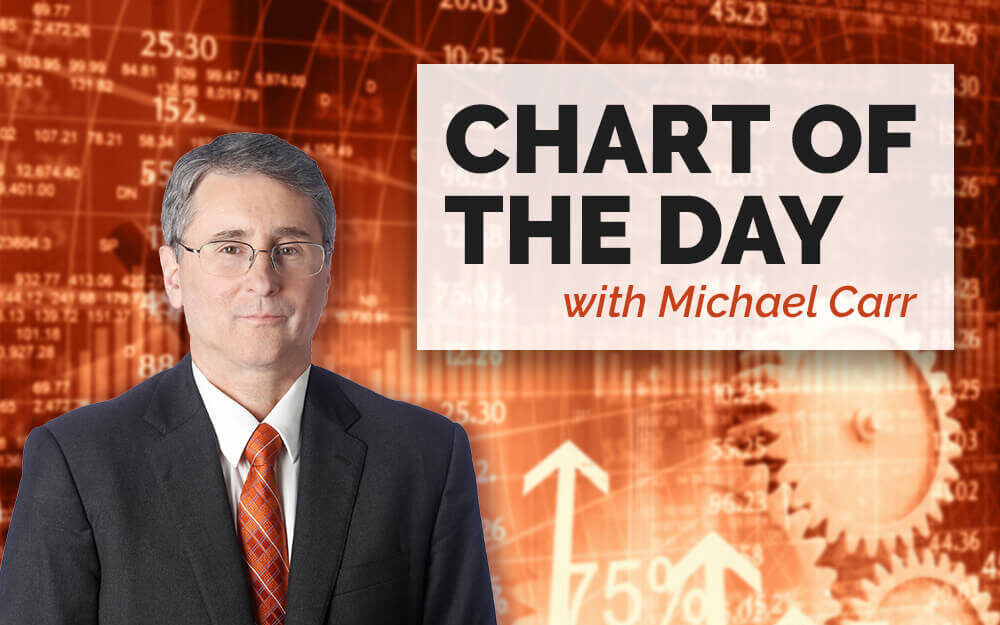The U.S. dollar showed strength to start the week.
The dollar tends to go up when the news is bad. Traders call it a flight-to-safety trade.
Using traditional analysis, there are a number of reasons to expect dollar strength. And the dollar rose according to news reports, reaching “an almost six-week high … as investors sought safety and global stock markets tumbled on fears about rising COVID-19 cases and uncertainty surrounding November’s U.S. elections.”
Technical analysis, the study of price action, tells a different story.
The chart below shows that the dollar has been in a trading range. It recently moved toward the top of that range:
The U.S. Dollar’s Recent Trading Range

Source: Symbolik
The current price level has served as resistance in the past. And it could attract sellers this time. This is a bearish signal, despite the possibility of the flight-to-safety trade.
The momentum indicator at the bottom of the chart confirms a bearish outlook.
This popular indicator is known as the stochastic relative strength index (RSI). The RSI alone rarely provides actionable trading signals because it’s calculated in a way that keeps its value in the neutral range most of the time.
To address that, the RSI is used to calculate stochastics, another popular momentum indicator.
This technique fixes the problem of too few signals from RSI. It also corrects for problems associated with too many signals associated with stochastics.
Weak U.S. Dollar Is Great for Incumbent Presidents
The stochastic RSI in the chart above failed to reach a new high as the dollar moved up. This is a bearish divergence in the indicator and indicates a down move in price is likely.
This is good news for President Donald Trump. In the past, when the U.S. dollar is weak heading into the election, the incumbent party won the election. A weak dollar helps keep prices of imports down, which means lower energy prices and happier voters.
The dollar could reverse course in November, after the results of the election are known. Until then, it is likely to remain in its trading range.
Michael Carr is a Chartered Market Technician for Banyan Hill Publishing and the Editor of One Trade, Peak Velocity Trader and Precision Profits. He teaches technical analysis and quantitative technical analysis at New York Institute of Finance. Mr. Carr is also the former editor of the CMT Association newsletter, Technically Speaking.
Follow him on Twitter @MichaelCarrGuru.




